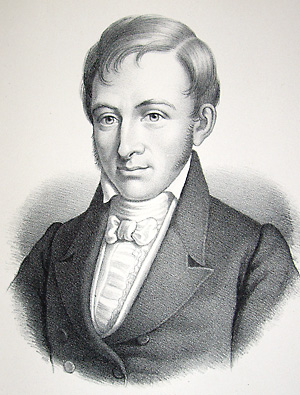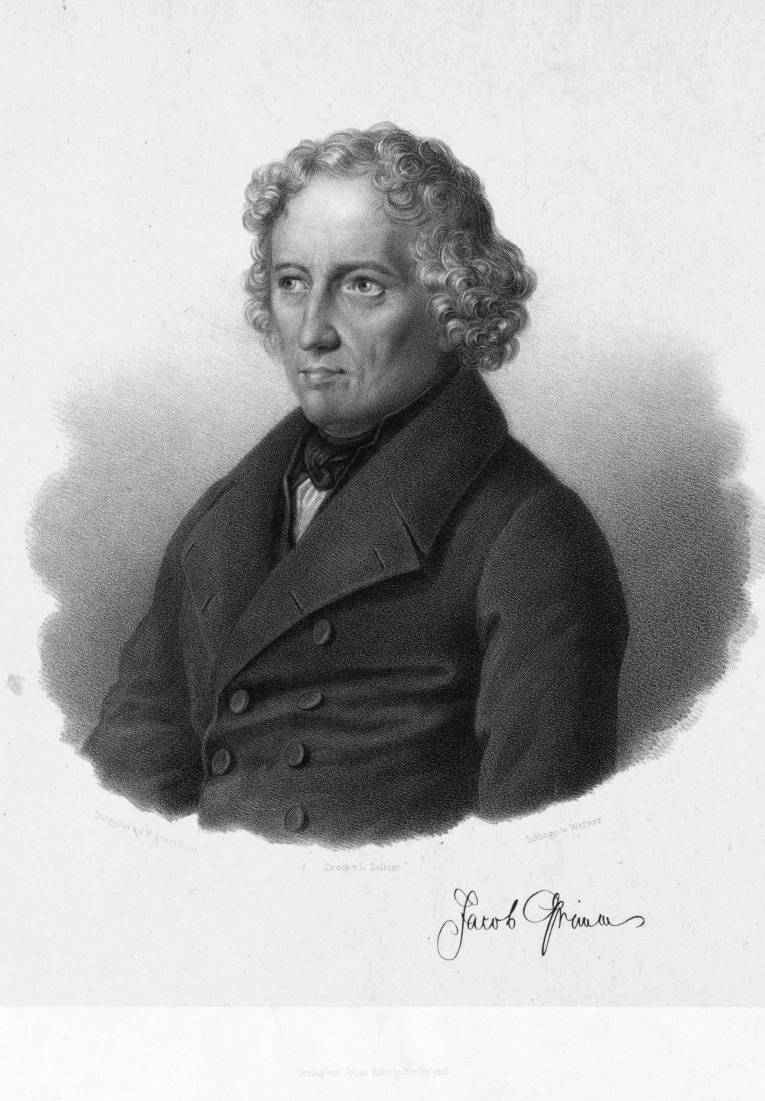Let’s bring the tone down a little today, and talk about fart, a favourite word of third graders and philologists. Specifically, I want to talk about the sound of fart, and how linguists use the principle of regular sound correspondences in linguistic reconstruction. (Yes, I know both this post and the last have been very ‘methodological’, focused on how we know things rather than what we know. But this is important stuff if we’re going to talk about proto-languages, as we’ll be doing for many posts to come – and don’t worry, we’ll be shifting gears again with the next post!)
If we start out by looking at English’s closest linguistic relatives, and especially their earlier forms attested in the Middle Ages, we find a lot of words meaning ‘fart’ that are pretty obviously similar to ours: Danish has fjærte, and Swedish fjärta; moving south, Middle Dutch has verten, and in Old High German we find ferzan (the z is pronounced ‘ts’). A few hundred years ago, the English form of the word used to be ferten.
It doesn’t take a whole lot of discernment to suspect that all these words might somehow be related, but linguists usually like a little more rigour. Setting aside the vowels for now, we can see that most of the words begin with f-, except for Dutch, which has v-. Then there’s a vowel of some sort (most often e), and then an r, and then most of the languages have a t – except for Old High German, which has ‘ts’, spelled z. The bit after that (-e, -a, -en, -an) is a grammatical ending, so we can ignore it today.
So, our basic frame is f-rt-, and only Dutch and German deviate from that. The interesting thing is that the ways that they stand out are not random. Let’s focus on Dutch for now, though we could also use German just as well. We can find a whole bunch of words that begin with f- in most Germanic languages, and see that they begin with v- in Dutch: ‘foot’ is voet, ‘father’ is vader, ‘fish’ is vis, ‘for’ is voor, ‘fox’ is vos – and that’s just scratching the surface of possible examples. This is a typical example of what scholarly jargon calls a regular sound correspondence, meaning that where most English (or another Germanic language) has a word beginning with f-, Dutch will usually begin the related word with v-.
There are a few caveats and qualifications, of course. It’s not the case that every instance of f in English matches to v in Dutch. Our rule only applies at the start of a word – if we compare English hoof and Dutch hoef, we see they both have f, and that’s as it should be, according to our correspondence. Limitations like this are usually called conditions, and specifying them is an important part of being precise when comparing languages.
But there are also pairs which have f- in both English and Dutch: ‘fame’ is faam, ‘factor’ is factor, ‘fantasy’ is fantasie, ‘fax’ is fax, and ‘fact’ is feit. What’s up with these? Clues to linguistic history, is what they are. All of these words are relatively new in both English and Dutch. Most are borrowed from French or Latin; fax is a shortened form of facsimile, which was borrowed from Latin into English, and Dutch borrowed the short form in turn from English, along with the once-cutting-edge technology of fax machines.
 Proto-Germanic had no word for 'fax'
Proto-Germanic had no word for 'fax'
These patterns point to layers in the history of Dutch. When a linguist looks at a regular correspondence set, they usually explain it through sound changes. The idea is that you get these correspondences because at one point, the corresponding words were pronounced the same, and one (or more!) of the languages being compared altered the sounds in question in a systematic way. So at some point in the Middle Ages (very roughly around the year 1000), Dutch underwent a sound change of this sort, so that all words that were in the language at that point and began with *f- were changed to begin with v- instead (this was a relatively simple change, known as voicing). This change was basically a single event, and newer words that entered the language after this change took place, like faam, could once again begin with f-.
A large part of linguistic reconstruction involves identifying sets of regular correspondences, positing the sound changes that created them, and then working back to the original forms by ‘peeling back’ the sound changes. If Middle Dutch verten was the victim of an earlier *f- to v- change, that implies that earlier on, the word was *ferten. Once again, that asterisk is important. We don’t actually have any record of an Old Dutch word *ferten, and the asterisk marks that it’s just an inference, and theoretical implication of our linguistic method.

We can do much more than reconstruct slightly earlier stages of Dutch with this method. The evidence for the sound change came from the correspondence set between Dutch and the other Germanic languages. If we claim that Middle English ferten, Old High German ferzan, Swedish fjärta, and Middle Dutch verten are all linked by regular sound correspondences (and they are, even in the vowels), then this implies that there was some early form of the word from which these all developed. This word is usually reconstructed as *fertan-, and the language to which it belongs – the language that all the attested Germanic languages developed from – is called Proto-Germanic. Every last word and grammatical feature of Proto-Germanic is asterisked, because it’s not attested at all: the whole thing is a product of linguistic comparison, a hypothesized starting point to explain how the various attested Germanic languages got to be the way they are.
And all this doesn’t stop with Proto-Germanic. Germanic is just one branch of Indo-European, and we can show that the Germanic languages are developed, at long remove, from Proto-Indo-European, an even earlier asterisk language. How? Once again, regular sound correspondences.
Let’s go back to fart, and take a look at the comparable word in two of the old Indo-European languages. In Classical Sanskrit we find pard-ati (the hyphen separates the root, which is what we’re interested in today, from the grammatical ending), while Ancient Greek has pérd-omai. Sanskrit had a sound change of *e to a, so we can reconstruct a common verbal root *perd- ‘fart’.
This *perd- looks a little similar to the Germanic *fert- that we’ve just reconstructed. The question is, are these correspondences regular? The answer is: yes, very much so. Again and again, we can find Germanic words beginning with f- (or v- in Dutch, of course), where Sanskrit, Greek, or many other Indo-European languages have p-. Just to stick with Greek for the moment, ‘father’ is patḗr, ‘foot’ is pod-, and ‘fire’ is pũr, among other possible examples. Many of these Greek elements have since entered English their own right, through borrowings like cephalopod and pyrotechnics; since these are later borrowings, they are not affected by the Germanic sound changes. There’s also a correspondence of Germanic t with d in most other IE languages, which we can see again using the pair foot and pod- (Sanskrit pad-), as well as pairs like Greek dúo and English two.

These correspondences were noted long ago, in the early nineteenth century, by two of the founders of ‘comparative philology’, the science of doing linguistic reconstruction in this way. One of them was the Danish linguistic prodigy Rasmus Rask, and the other the scholarly titan from Hesse-Cassel (now the state of Hesse in Germany) Jacob Grimm – of Brothers Grimm fame. Rask wrote an essay in which he established the basics of these correspondences between Icelandic (a Germanic language) and Greek. Grimm – in his spare time, when he wasn’t collecting fairy tales, editing medieval texts, compiling a massive dictionary, or writing about Germanic mythology – systematized and expanded Rask’s findings, and this particular set of sound correspondences.
 Rasmus Rask
Rasmus Rask
The basic implication of Grimm’s correspondence sets is the same as any other correspondence: one or both of the language groups involved has undergone sound changes. In this case, it looks pretty clear that Germanic is the innovator, and we can lay out a whole complex of changes that are known, in honour of good Jacob, as Grimm’s law (though since there are actually several changes involved, Grimm’s laws might be a more accurate term).
Grimm’s laws are wonderfully systematic. These are changes not occurring word by word, and not even sound by sound. Rather, they operate sound class by sound class. The sound *p is what linguists call a voiceless stop (the vocal folds are not vibrating, and the airflow through the mouth is momentarily entirely stopped), and there are other sounds, such as *t and *k, which are articulated the same way. This entire class of sounds changed into fricatives (sounds that don’t stop the airflow, but constrict it to produce a turbulant, hissing sound from the friction). So *p became the fricative *f, *t became a sound we write as *þ (this stands for the ‘th’ sound of ether), and *k became a fricative in the back of the mouth that I’ll notate as *x (representing the German ‘ch’ sound, as in Bach).
 Jacob Grimm
Jacob Grimm
Comparably, by another of Grimm’s laws, not just *d, but the entire class of voiced stops, including *b (though more on this sound in Indo-European later on!) and *g, turned into voiceless stops, *t, *p, and *k. There were some other sound classes that were caught up in Grimm’s law too, and we’ll take a look at those in later posts – I’ve simplified a lot of the details for the moment. For now, the important thing is that taken together, these sound changes implied by Grimm’s correspondence sets turned PIE *perd- ‘fart’ into Proto-Germanic *fert-, and they did so in a high systematic way.
The further implications of Grimm’s law are enormous. Once Rask and Grimm had demonstrated the correspondences, there was no longer any real doubt that Germanic was indeed a part of the Indo-European family. Using it (along with other regular sound changes) we can show systematically how an enormous portion of Germanic vocabulary derives from PIE. Taken together with morphological evidence, like that discussed in the previous post, there is no doubt at all that Germanic is an Indo-European language.
For the purposes of this series, this is good news. It means that we can follow the history of English much further back than we otherwise might. Written records of English go back less than 1400 years. Comparisons with the other Germanic languages let us get back to Proto-Germanic – to the *fertan- stage, as it were – which is dated to maybe a millennium further back. Proto-Indo-European, reconstructed partly on the basis of ancient languages like Hittite, Sanskrit, and Ancient Greek, lets us virtually double our reach into prehistory: if Proto-Germanic was (at a rough guess) spoken some 2500 years ago, Proto-Indo-European was probably spoken something like 5000 years ago. The methodology of finding sound correspondences, inferring sound changes, and reconstructing proto-forms is absolutely essential to our ability to talk about PIE in any kind of detail.
Further Reading
The regularity of sound change is one of the central principles of all historical linguistics, and Grimm's law is one of the most important and thoroughgoing set of sound changes that relate Germanic languages, like English, to the rest of Indo-European. A lot of the resources recommended in the previous post will have quite a bit on sound change in general. There are a lot of explanations of Grimm's law out there -- one of the better ones is Joseph Salmon's overview in his History of German, pages 43-50. This handout from the University of Pennsylvania gives more examples so you can see the law in action. There are quite a few extra complications and quirks to Grimm's law (and I haven't touched on Verner's law), but I'll get to those eventually, when we reach the point in the history of English that this shift would actually take place. For now, I just want to get the idea of Grimm's law out there, to make it easier to relate Germanic examples to Indo-European, and to introduce it as one of the flagship examples of regular sound change (though of course the same principle could have been illustrated with data from any number of language families -- Mayan, Mongolian, or Bantu would all have done just as well in theory).
The lives and historical contexts of Grimm and Rask are both pretty interesting. Anna Morpurgo Davies discusses them in the context of early comparative philology in general in her excellent (though rather technically written) book on Nineteenth-Century Linguistics. Rask's original essay has been translated by Niels Ege ias Investigation of the Old Norse or Icelandic Language, and this includes a long introduction by Frans Gregersen (updated edition 2013).



